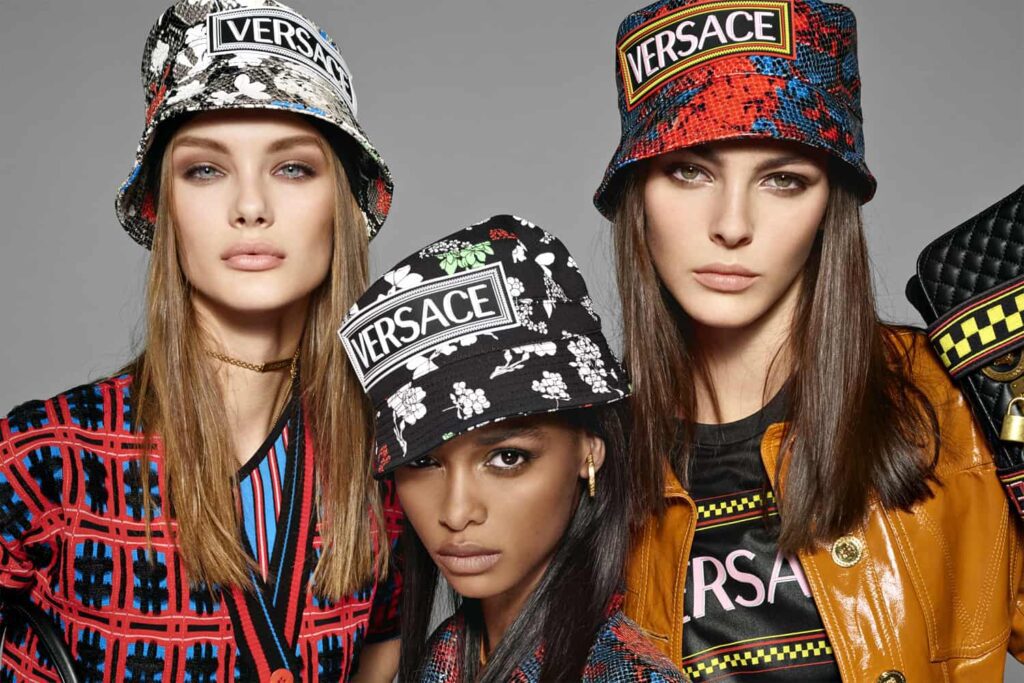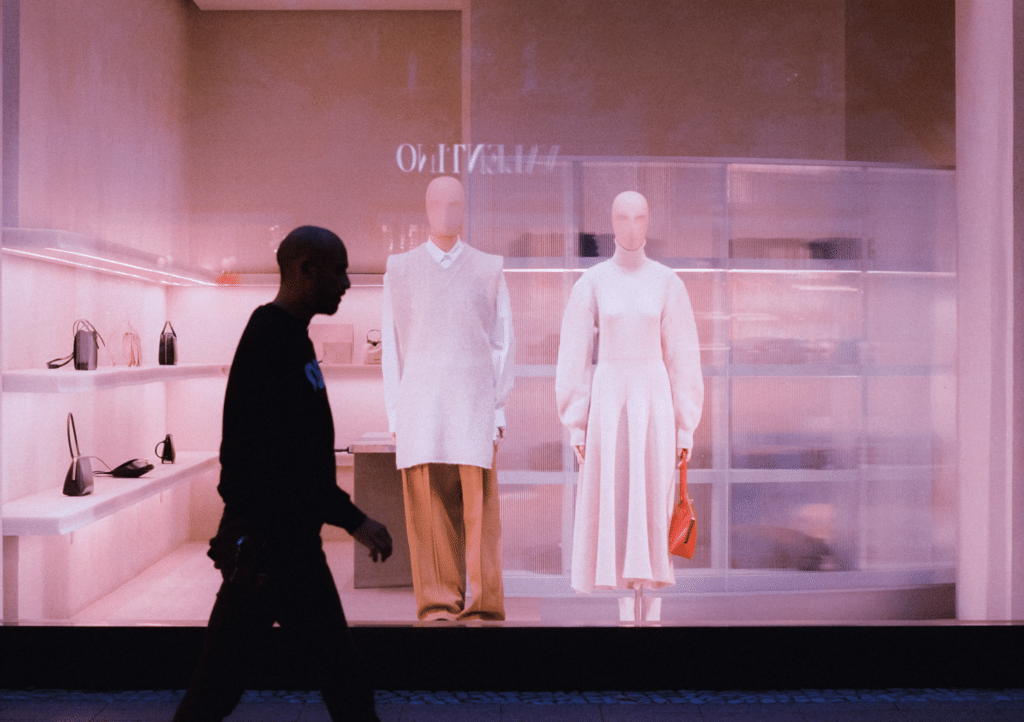Following industry chatter last month that a Versace acquisition was imminent and that French luxury giants LVMH Moët Hennessy Louis Vuitton and Kering, and American groups, including PVH Corp. and Tapestry Inc., were all exploring the sale, Capri Holdings ended up making somewhat surprising headlines as the buyer. The acquisition, which was confirmed in the midst of the Spring/Summer 2019 runway shows in Paris, has further fueled chatter that the London-based, New York-headquartered Capri is out to replicate what its French forefathers at LVMH and Kering have already managed: building an international luxury conglomerate.
As Forbes contributor Pamela N. Danziger noted this week (in addition to asserting skepticism that Capri will actually be able to rival established luxury conglomerates LVMH or Kering in a meaningful way), the news of the deal was “surprising,” not least because of the $2.12 billion price tag that the recently renamed Capri Holdings paid for the Italian fashion brand, which according to the Wall Street Journal, pulled in just $17.5 million in profits last year after operating at a loss for 2016.
Now that the dust has settled following the acquisition announcement and the flurry of “Gianni Versace is rolling in his grave” tweets have subsided, and with such shaky financials at Versace in mind, it is worth asking: What exact did Capri Holdings buy into when it paid over $2 billion for Versace?
Many industry insiders, and even Mr. Kors, himself, seem to agree that a significant part of what the budding fashion group bought is the Versace name. Speaking about the deal, Kors – who launched his eponymous label in 1981 and floated it on the New York Stock Exchange in a stunning $944 million IPO in December 2011 – emphasized “the strength of the brand,” which certainly speaks to the outward-facing appeal and the many federally-protected elements of the family-run Italian fashion company.
Simon Ayrton, a partner and intellectual property practitioner at London-based firm Powell Gilbert, echoed this notion recently, telling World IP Review that Capri primarily forked over upwards of $2 billion in exchange for the Versace’s famous name, as “trademarks, such as Versace, drive consumer decisions and add value to businesses.” And he is right, particularly in the upper echelon of the fashion industry, where so much of a brand’s revenue is tied to branded garments and accessories, as well as licensed (or third-party-made) goods, such as eyewear, beauty products, and jewelry.
In many instances, luxury companies are selling their trademarks – i.e., the names and logos that serve as identifiers of source – and their carefully crafted brand stories as much as (or maybe even more than) they are selling tangible goods.
Jennifer Taylor, a partner at Morrison & Foerster, similarly told the publication, “The trademarks and the brand that they represent are always important drivers in a deal like this.” After all, she says, “The easiest way for a company to expand is [by way of] an already well established.”
As both Capri Holdings and the Michael Kors brand (which, despite its luxury-level Michael Kors Collection, has become synonymous with its more accessibly MICHAEL Michael Kors line) look to the luxury segment, Versace – and its valuable trademarks, whether it be its brand name or its various Medusa graphics – very much fits that bill.











